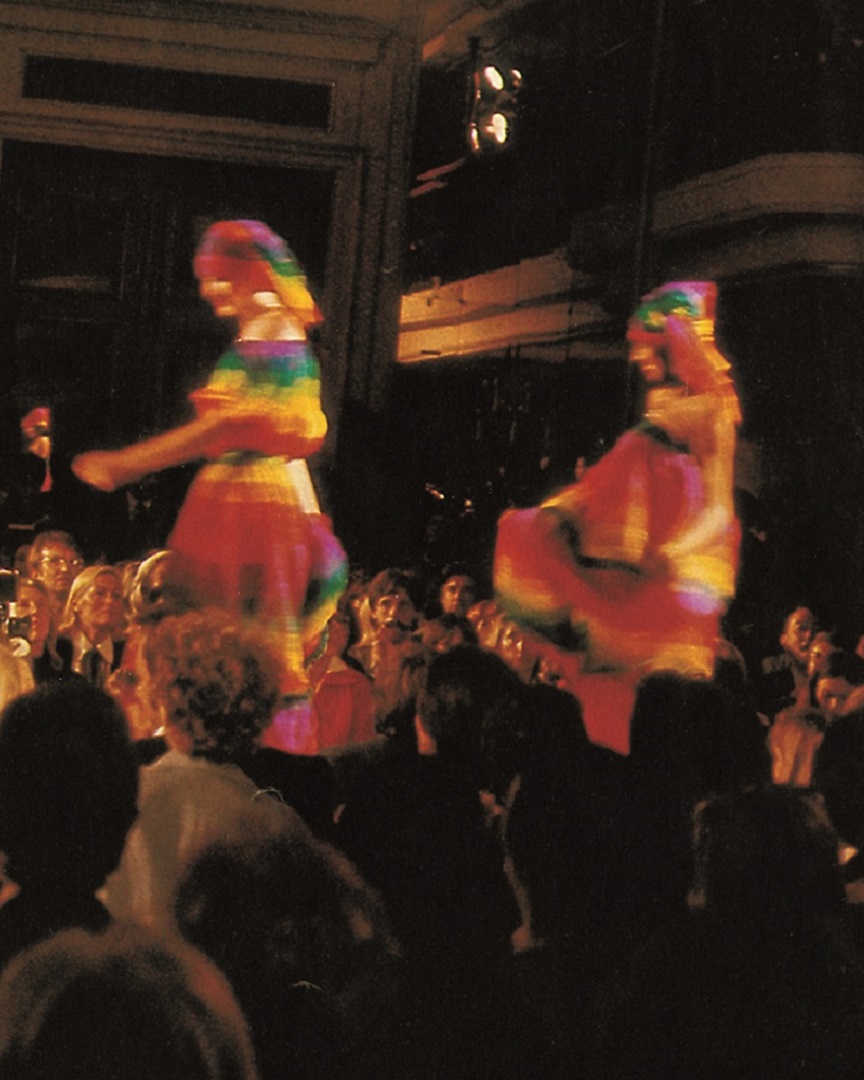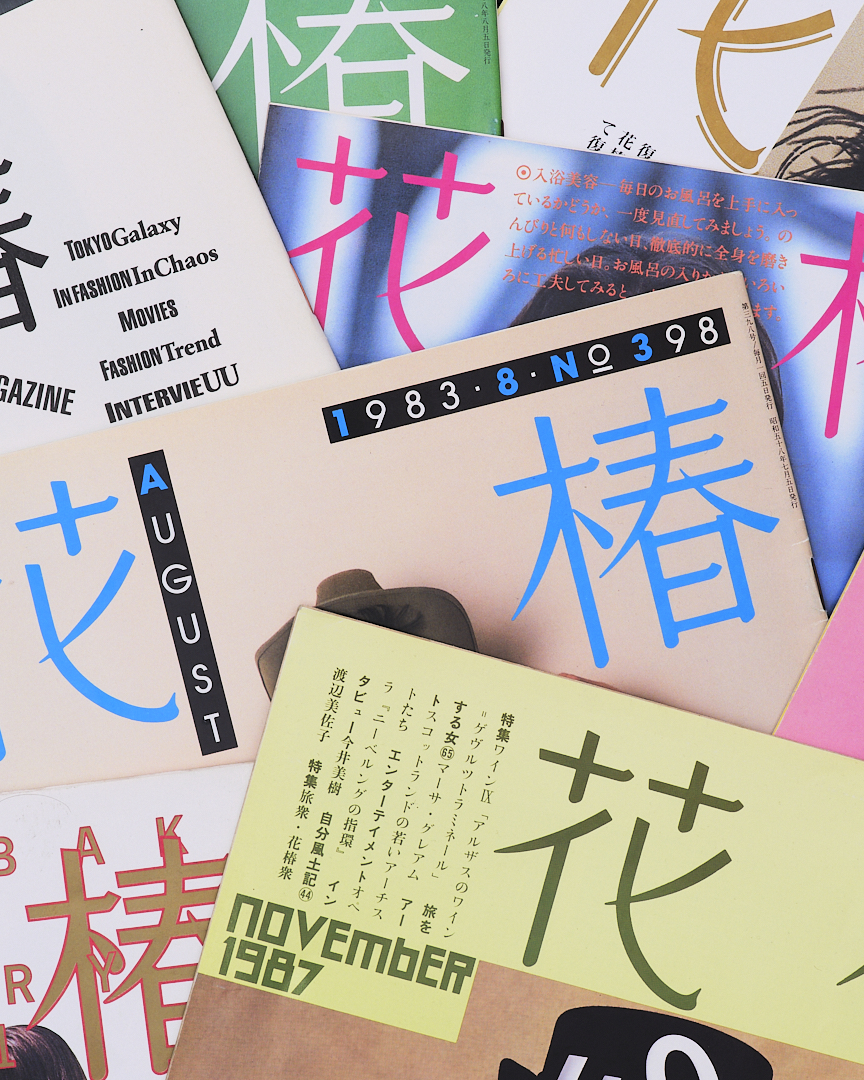
TOGAデザイナー・古田泰子のこれまでとこれから(前編)
文/呉 佳子(資生堂ファッションディレクター)
ポートレート写真/kaho kikuchi
2024.10.17
古田泰子によるファッションブランド、TOGAは1997年の設立以来、モードの最前線をひた走り、私たちを魅了し続けている。今年3月には東京・青山に新たなコンセプトの旗艦店をオープン。ブランド設立30周年の節目まであと数年という今、TOGAのこれまでの軌跡を振り返るとともに、クリエイションの背景にある思想や信念にスポットを当て、TOGAの魅力の秘密を前編・後編に分け紐解いていく。
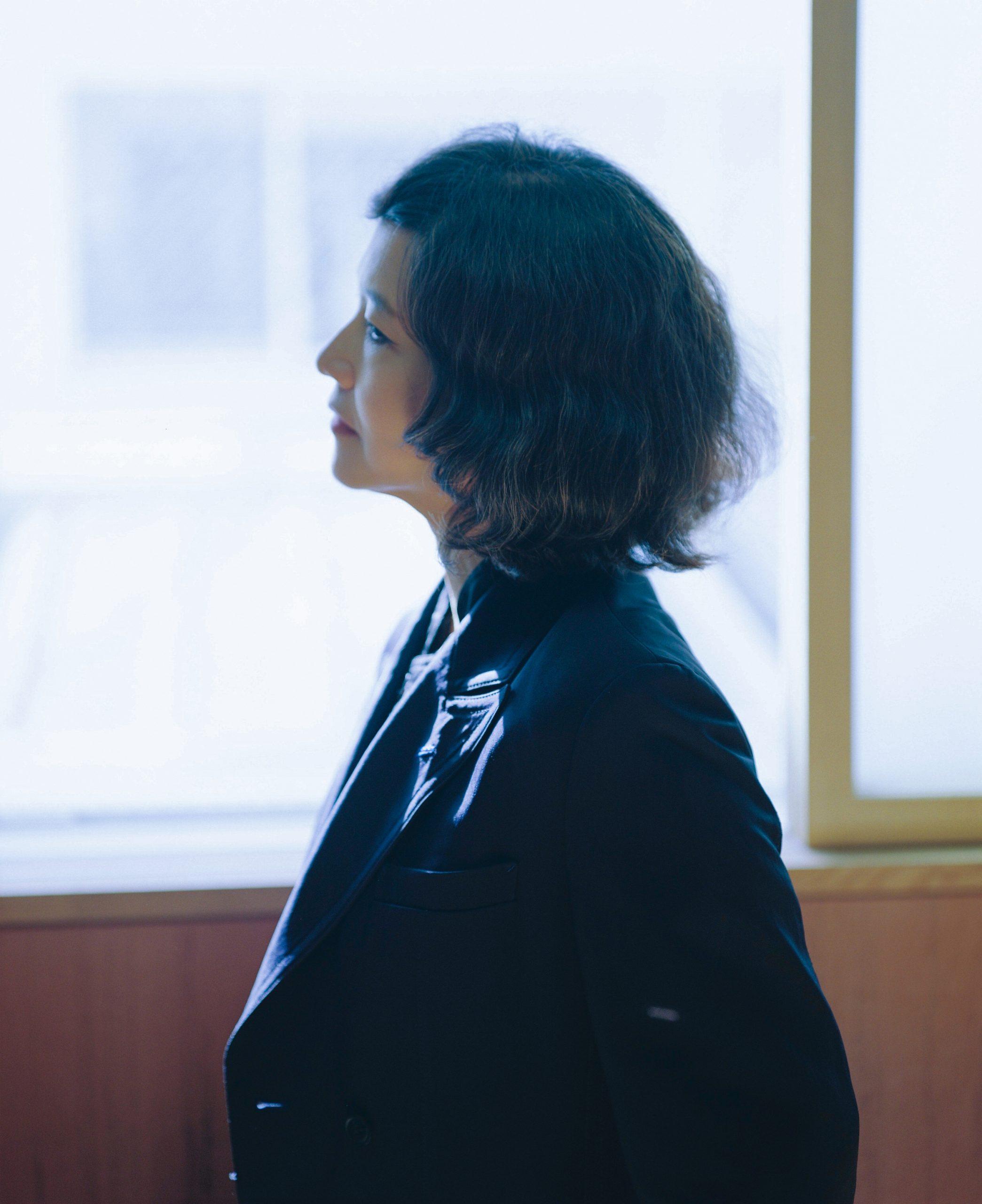
ドラマティックな何かではなく、日々の積み重ね
――ブランド立ち上げから四半世紀を超えました。今までのターニングポイントについてお聞かせいただけますか?
この27年間、状況がガラリと変わるような何かドラマティックなことが起こるのでは?と期待もしながら続けてきましたが、そういうことは起きないのだ、というのが大きな気づきですね。シンデレラみたいに誰かに見出され、助け出してくれて、大逆転できる、なんてことは起きない。
いや、何も期待しちゃいけませんよ、とかそういうことではなくて。
振り返ってみると、本当に日々の積み重ねなんです。天からチャンスが降ってくるわけではない。試練やトラブルに向き合って、面白がってやってみて、自分たちを変えていく。その小さな一つひとつの喜びがターニングポイントになっています。
――ファッションデザイナーとして27年間いつも注目を浴び続け、第一線にいらっしゃる古田さんからの発言としては、少し意外な印象を持ちました。
期待したり待ったりするのではなく、自分から動くことが大切だと思っています。
周りをうらやましいなって感じたとしても、自分がそのために何かしたっけ?と振り返り、じゃあ自分でやってみようよと。そんな気構えを持ちたい。
四半世紀以上続けていると、浮き沈みは必ずあります。私自身、ポジティブなタイプでなく、どちらかというと心配性。悪いシナリオを考えがちなんですが、その性格を理解し前向きにしていく作業って、今思えば価値あることだったなと。頭の切り替えやチームの雰囲気づくりは私たちの歩みに欠かせないものでした。どういう機会が巡ってきたかという起こった物事よりも、自分たちがそれをどう捉え、次なるステップの糧にしていくか、が重要だと思っています。
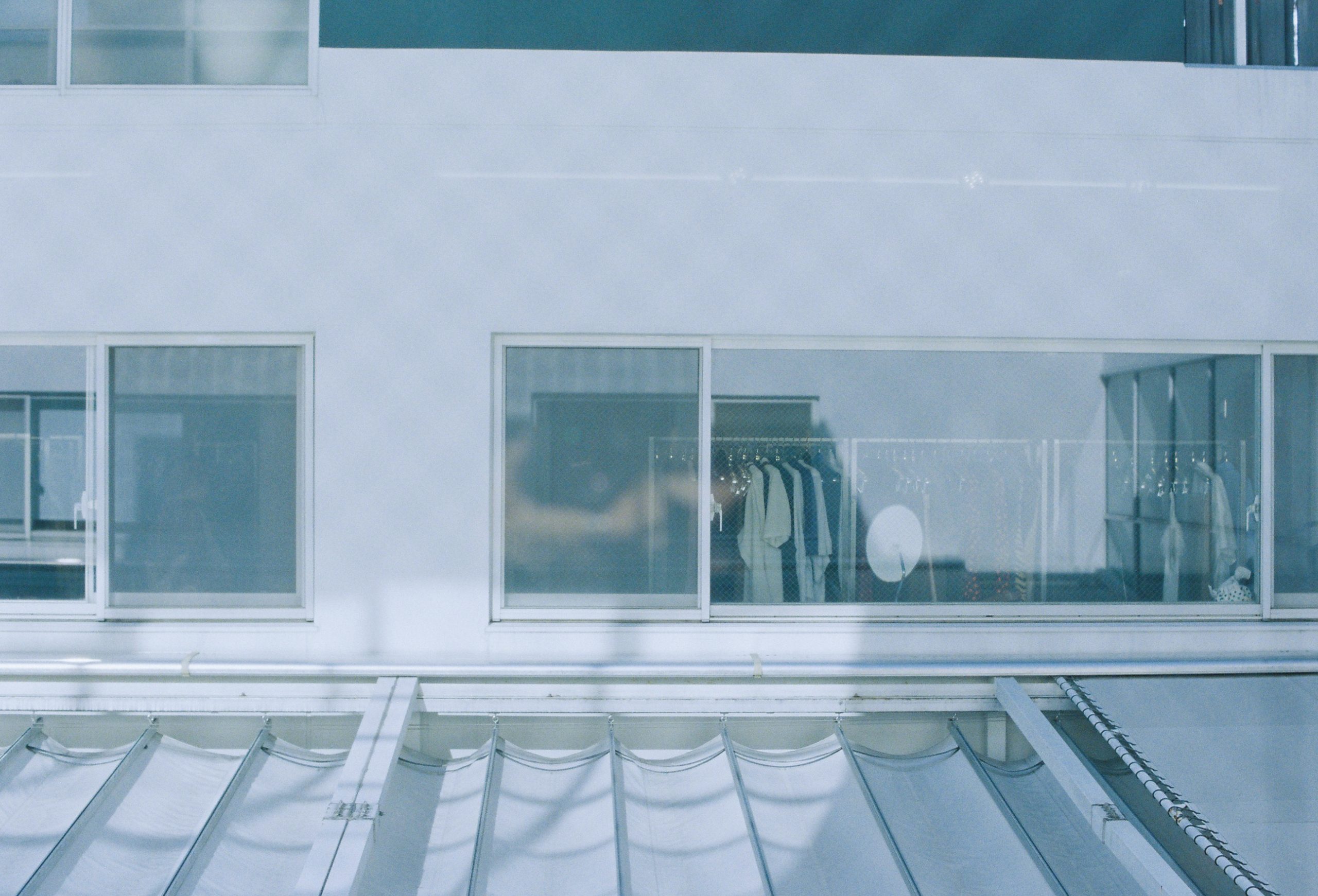
こんな私もいい、と思える服
――色あせない力を持ったクリエイションで私たちを魅了する、それも四半世紀以上、というのは並大抵のことではないと思います。発想が尽きないコツはありますか?
日常で目にする気になることを、洋服に置き変えたらどうなるかな、って常に考えています。街を歩いているとき、お風呂に入っているとき、四六時中ぐるぐる考え続けていると、突然、はっとひらめくときがある。よし、こうしよう、と思って次の日、机に戻ると、あれ、ちょっと違うかもしれないと。そしてまた考える。その繰り返しです。
TOGAを見続けてくださるお客さまがいる一方で、新しく出会うお客さまもいます。双方に満足してもらうためには、TOGAらしさとともに、新しさが必須。ワードローブに加えたときにワクワクして楽しくなる服、「こんな私もいいな」と新しい自分に出会える服、が立ち上げ以来変わらない服づくりの信条です。
TOGAの服は、無難で着やすいというよりは“難しい服”ですよね。それでも着てみたいと思った人はぜひトライしてほしい。まずは家で鏡の前で着てみる、なぜこのスタイルに惹かれるんだろう、と自分と向き合う時間を増やすと自分自身の理解に繋がります。自分をより理解すればきっと、気分良く家の外へ足を踏み出すことができると思うんです。
――服づくりの信条について、古田さんご自身のファッションの原体験は影響していますか?
私自身がティーンエイジャーの頃、服に支えてもらったんですよね。
当時は、姉や学校の友人たちとの比較から脱出したかった。皆が同じ制服を着る没個性の学生時代、私のアイデンティティって何だ?となったとき、手っ取り早い手段がファッションでした。服やメイクでオリジナリティを表現することによって、皆と一緒くたにされてしまわない私自身がちゃんとここにいる、と確認していたのです。
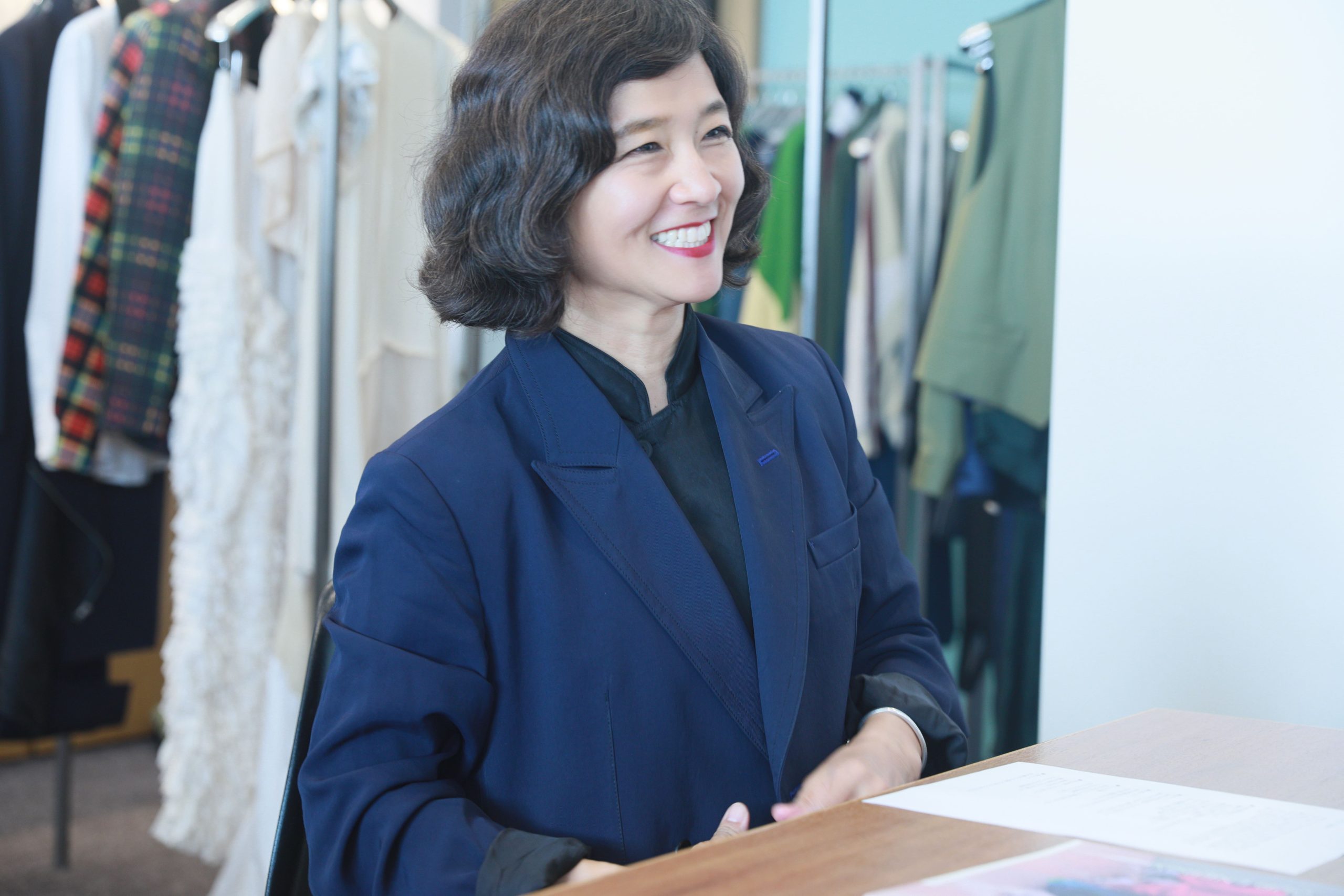
物事の裏に潜む美しさに光を当てたい
――実際、洋服づくりの世界に足を踏み入れて、気づいたことは?
ブランドを始めたときは、世間に広がるべき服だ!なんて変な自信があって。
でも最初の展示会に来てくれたバイヤーさんはたった3名でした。
多くの人に知ってもらうには、TOGAがどんな服か、しっかりとブランドの世界観をビジュアルで伝えなければならない。服が良いだけでなく、世界観によってブランドが成立するんだと学んだのは、やりながらですね。ショーを始めたのも世界観を伝えるためのビジュアル強化の一環でした。
――古田さんが思い描く女性像を伝えようとしたのですか?
女性というか、人間像みたいなものはありましたね。
最初のショーではレオス・カラックス監督の映画『ポンヌフの恋人』に影響を受け、逆境のような世界を表現しました。男性デザイナーが考えるような美の理想像というよりは、歪んでいたり、汚れていたり。物事の裏側に潜む美しさに光を当てたかったのです。
――毒っぽさはTOGAらしさの一つですよね。古田さんのそういった美意識に影響を与えた人物や事柄はありますか。
パリに留学していたころ、ピナ・バウシュのバレエを観て衝撃を受けました。今まで知っていたクラシックバレエと全く違う。彼女の大胆でコンテンポラリーな作品から、きれいなものだけに縛られる必要はないことを学びました。
きらびやかで華やかに装うとか、お金持ちに見せたいとか、私がつくりたい服はそうではない。自分らしさを表現できる服がつくりたい、と確信させてくれたのはピナ・バウシュの影響が大きいです。
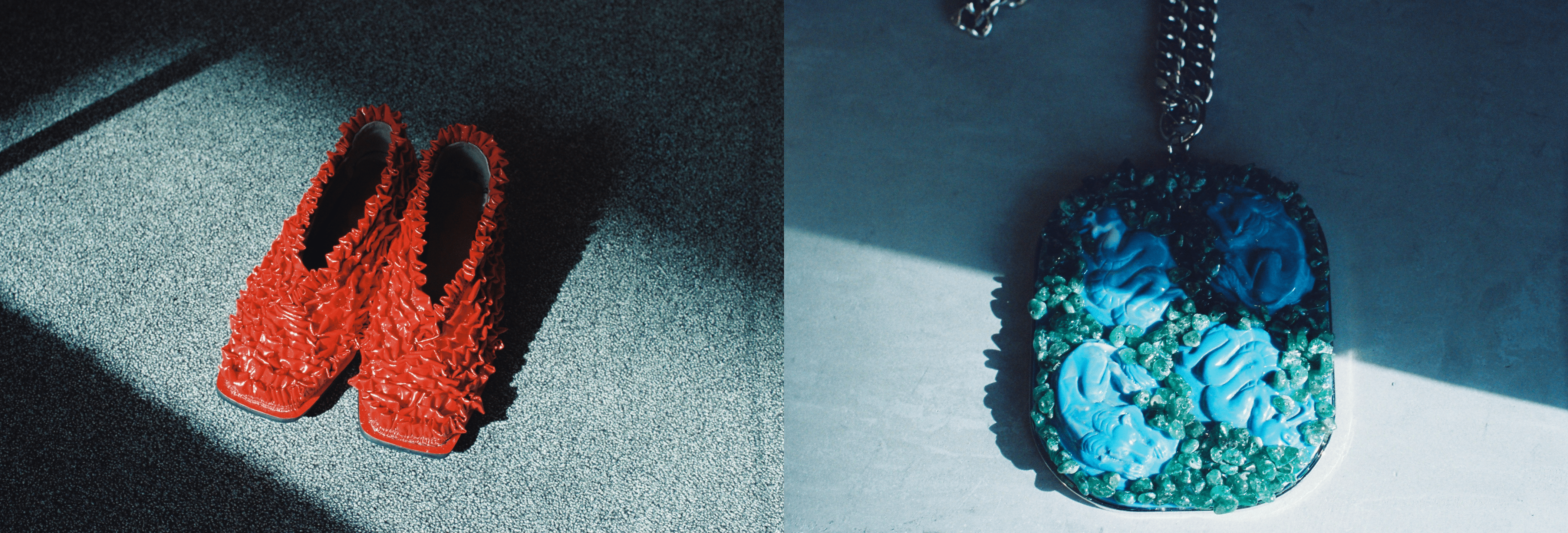
自分が着たい服で自分がなりたい自分になる
――2017年に東京で行った20周年記念のショーでも、男女を問わず着せるスタイリングが話題になるなど、ダイバーシティ的なアプローチも先んじて行っていました。それは「自分がどうありたいか」、つまり「自分が着たいものを着る」という表現の一環ですか?
私は人と付き合うときも、男性だから女性だからとか、年上だから年下だからという違いの認識が弱いんです。人間として好きか嫌いか。おそらく幼いころの母の教育のためか、自分の中でカテゴリー分けする感覚があまりない。
なので、性別を問わず着せるというのはごく自然なアプローチでしたが、それを継続していると、すべてがダイバーシティとか、ジェンダーマイノリティのサポートのため、とある意味カテゴライズされるようになってしまいました。
でも、もともとやりたかったのは、個々の個性を認め合うという当たり前のこと。ジェンダーマイノリティの誰か、ではなくて、すべての人々が自分らしくいられて、自分が着たい服で自分がなりたい自分になる、ということをサポートしたい。
隣の人が困っていたら助けましょう、というくらい当たり前のことなんです。そんな当たり前を堂々と言えずに、「ジェンダーマイノリティ」というカテゴリー限定でとまとめたくなる雰囲気も、今の社会にはあるのかもしれない。当たり前のことを当たり前に言える環境を整えていく、という意味では、空気を読む、読まないではなく、空気を壊すようなメッセージを服で伝えていきたいと思っています。
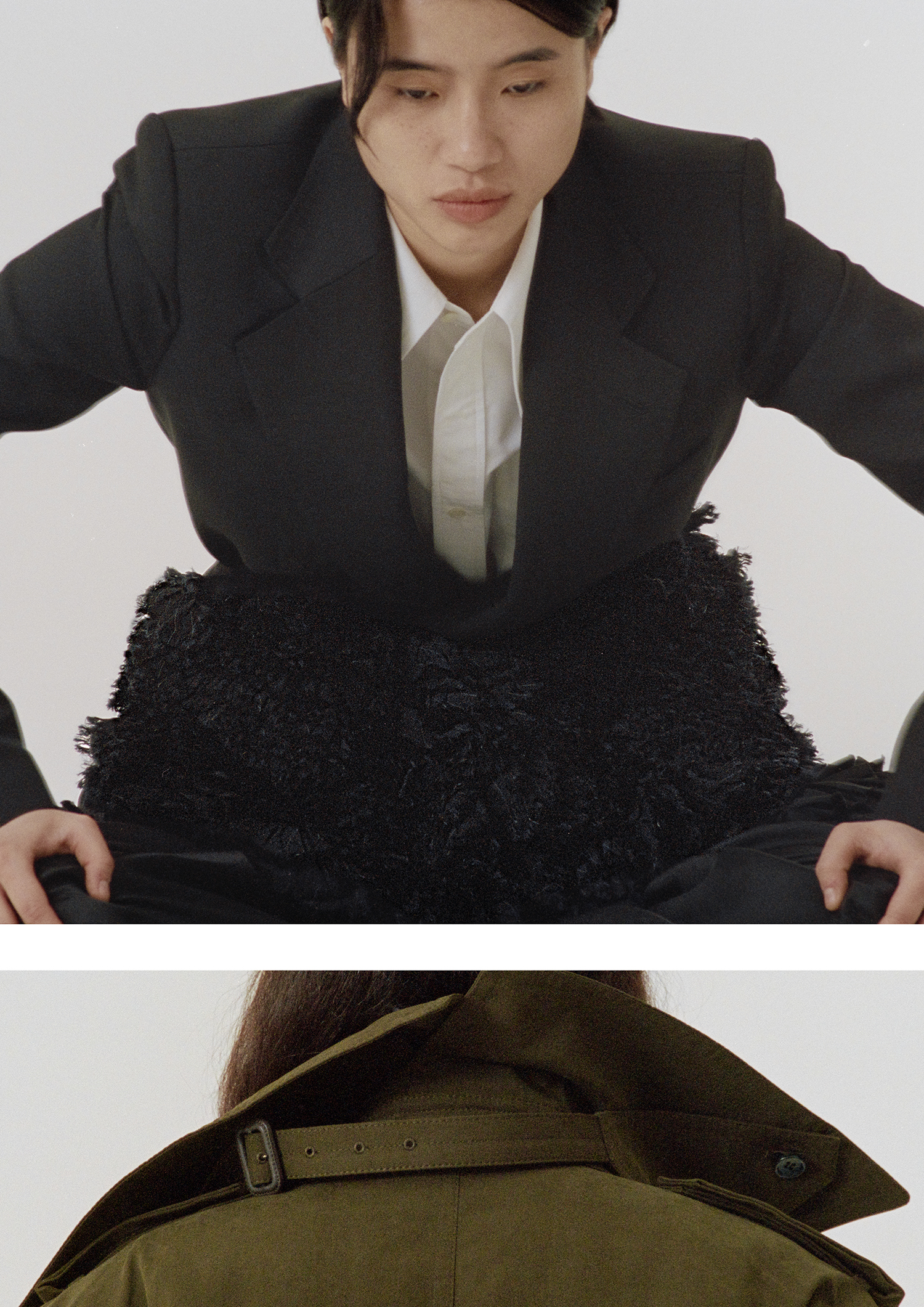
(後編はこちら)
呉佳子
資生堂ファッションディレクター
ファッショントレンドの分析研究やトレンド予測を担当。
オンラインサロンcreative SHOWER でナビゲーターを始めました!
まるでシャワーを浴びるかのように、美意識や感性に刺激を与える時間を重ねようというコンセプトです。ご興味のある方はぜひこちらをのぞいてみてください。
https://www.sabfa-salon.fants.jp/
The past and future of TOGA designer Yasuko Furuta (Part 1)
2024.10.17
Text / Yoshiko Go (Shiseido Fashion Director)
Portrait photographs / kaho kikuchi
Founded in 1997, Yasuko Furuta’s Toga brand has always been a fashion frontrunner and source of fascination. This March, a new Toga flagship concept store opened in Aoyama, Tokyo. With just a few years left before the brand’s thirty-year anniversary, we asked Furuta about Toga’s trajectory to date and the philosophy and principles animating her creative work. This two-part interview examines the secrets of Toga’s appeal in Furuta’s own words.
No Cinderella Moments
——More than a quarter of a century has passed since you founded the Toga brand. Can you tell us a little about the turning points along the way?
I spent much of the past 27 years wondering if some dramatic event was about to change my circumstances completely, so recognizing that events like this simply don’t happen was an important realization. The traditional Cinderella story, where someone plucks you from obscurity and turns your life around, doesn’t happen in real life.
That doesn’t mean I have no expectations at all, of course.
In retrospect, it truly was a gradual, day-by-day process. Opportunities didn’t just fall into my lap. I faced trials and troubles, enjoyed the process of engaging with them, and changed myself in the process. Those tiny minor, individual joys are the turning points.
——That’s a remarkable statement from a fashion designer who has spent 27 years in the spotlight at the forefront of her field.
It’s important to take action rather than simply sitting around waiting and hoping.
Even if I feel envious of the success of someone around me, I’d like to be the kind of person who responds by asking herself, Well, did I make any effort in that area? Why don’t I see what I can do as well?
Ups and downs are inevitable when you do anything for a quarter of a century. By nature, I’m not a positive person—I’m a worrier, if anything. I tend to brood over the bad scenarios. But I now see the value in the work I put in learning to understand that side of myself and become more positive. The ability to change my frame of mind and foster the right atmosphere for our team was essential to Toga’s success.
The events we experience and the opportunities that come our way are less important, I think, than how we view these things, and draw on them to power our next move.
Outfits That Make You Think I Like This Version of Me
——Your timeless, powerful creations have fascinated for more than a quarter of a century. By any standards, that’s quite a feat. How do you keep coming up with new ideas?
When something catches my attention in everyday life, I always think about how it could be turned into fashion. It could happen when I’m walking down the street, taking a bath, any time at all. If you’re always thinking this way, every so often things open up in a flash. Right—that’s what I’ll do, you think, but then the next day, when you return to your desk, you realize, Actually, this might not quite be what I want, and think some more, starting the cycle again.
Some of our customers have been loyal to Toga from the beginning, while others are more recent acquaintances. We need to offer both “Toga-ness” and novelty to satisfy both groups. Garments that create excitement and fun when added to your wardrobe; outfits that introduce you to a new self and make you think You know, I like this version of me—those ideas have been part of our principles since our founding.
Toga’s clothes aren’t meant to be safe or easy. They’re challenging, if you like, and I want them to reach people ready to embrace that challenge. If you start by trying them on in front of the mirror at home, asking yourself why you were drawn to that style and spending more time face-to-face with yourself, self-understanding will be the outcome. And more self-understanding will make you feel better when you open the door and enter the world outside.
——Were these principles as a designer influenced by your formative fashion experiences?
When I was a teenager, I found support and comfort in fashion.
I wanted to escape being compared to my sister and classmates. In my school days, where individuality was submerged because everyone wore the same uniform, fashion was the quickest way to explore the question “What is my identity?” Expressing my individuality through clothes and makeup was my way of insisting on a self that couldn’t be lumped together with everyone else.
Shining a Light on Behind-the-Scenes Beauty
——When you took your first steps into the world of fashion design, what did you notice?
When I started Toga, I had a strange confidence that I would make clothes that would spread around the world. . . . But then I held my first show, and only three buyers came.
To reach large numbers of people, Toga has to visually and viscerally convey its brand worldview—the kind of clothes we make. Gradually, I realized that this is how brands are established: not just by good clothes but also by worldview. Even my shows were originally part of my efforts to better convey my worldview visually.
——Does that mean conveying your ideal female image?
More an image of humanity than a woman specifically, I would say.
My first show was influenced by Leos Carax’s film Les Amants du Pont-Neuf, and expressed the idea of adverse circumstances. Rather than the kind of ideal beauty a male designer might think of, I offered a warped, soiled beauty. I wanted to shine a light on the beauty hidden behind the scenes.
——“Toga-ness” includes a degree of causticity. Was that aesthetic approach influenced by any particular person or thing?
When I was studying in Paris, I went to see a Pina Bausch ballet. It made quite an impact on me, as it was completely different from the classical ballet I was familiar with. Bausch’s bold, contemporary work taught me that there was no need to be restricted solely to what is pretty.
I’m not interested in making “dazzling” or “splendid” clothes, or outfits that project affluence. I want to make clothes that let people express who they are. Pina Bausch was a major influence on my convictions in this regard.
Become Who You Want in Clothes You Want to Wear
——Your approach has always been at the forefront of diversity issues. For example, at your twentieth anniversary show in Tokyo in 2017, you attracted attention for styling that disregarded gender. Is this part of expressing the kind of person you want to be—that is, by wearing the clothes you want to?
When I associate with someone, I’m not really aware of differences like male versus female or older versus younger. The only question is, do I like them as a person or not? I think this is due to the lessons my mother taught me when I was young, but to be honest I don’t do much categorizing internally.
That means that ignoring gender while styling was completely natural for me, but others eventually came to categorize it as an example of diversity, or support for gender minorities.
The thing is, though, originally I just wanted to do what seems obvious: recognize individuality. I want to support everyone, not just gender minorities, by helping them wear the clothes they want to wear, the way they want to wear them, and thus become who they want to be.
It’s as natural as the idea that if your neighbor is in trouble, you should help them. Perhaps there’s something about today’s society that prevents people from saying natural things like this except within the context of a limited category like “gender minorities.” In the sense of establishing a space where people can say natural things naturally, I’m less interested in reading (or ignoring) the consensus view than in sending a message that will disrupt it.
The starting point for Toga’s 24–25 Winter/Autumn season is Romanticism. Its reaction against the formalist ideals of Neoclassicism opens the way to a bold reinterpretation of formalwear.
Yoshiko Go
Shiseido fashion director
Responsible for analysing, studying, and predicting fashion trends
I am now a navigator at creative Shower, Shiseido’s online salon!
Creative Shower aims to stimulate participants’ aesthetic and sensory awareness with a “shower” of offerings. Please take a look if this interest you!


